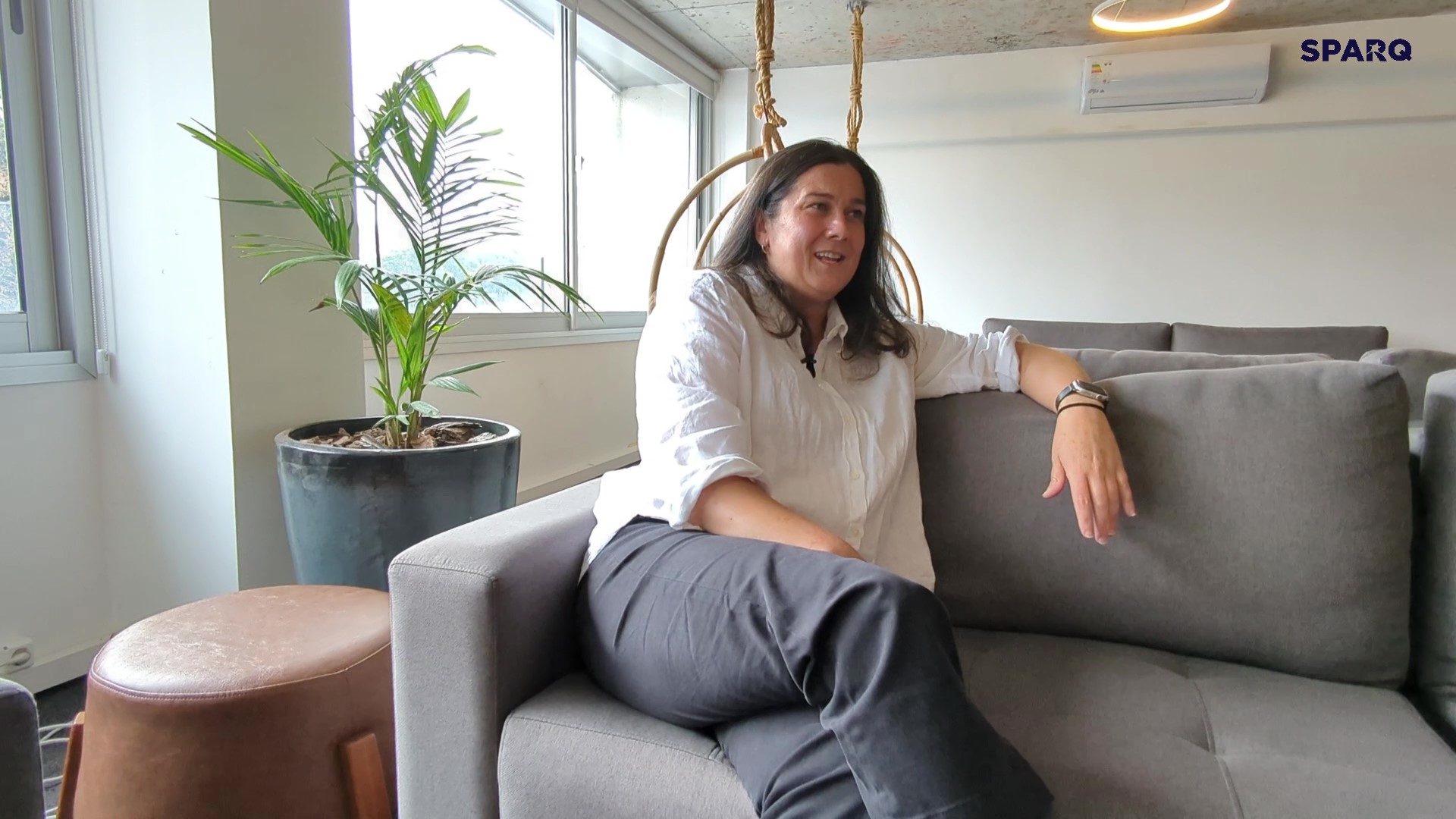Analogical thinking is the concept of recognizing conceptual similarities from disparate domains. When developing software, you’re often facing new problems that you’ve never faced before, so using analogies is a great way to put those problems in context. In this Tech in 2, Principal Consultant John Moore discusses how to use analogical thinking in software development.
What is Analogical Thinking?
We’re always facing new problems in software and often times they’re problems we’ve never faced before, so using analogies is a great way for us to put those problems in context and provide or come up with better solutions.
Analogical thinking is the concept of recognizing conceptual similarities from disparate domains, so essentially, using analogies to find common ground in a problem we’re trying to solve. A cross functional team that engages in analogical thinking will be better suited at contextualizing problems and solving them within that new context, as opposed to tackling them based on just their technical skill sets.
So as colleagues, we can lean on this idea to leverage each other’s expertise and creativity to better contextualize our solution. Here’s some tips on how we can do that.
Use Cross-Functional Teams
Build a cross-functional team. Multifaceted teams with diverse experience are more likely to have some relevant experience or just be creative enough to better contextualize a problem than a singular domain team.
Be Intentional
We need to be intentional. We need to actually dedicate time to this exercise. Give your team time to actually come up with some analogies, some examples and then challenge them and see how they fit and see where they do and don’t add value to the problem you’re trying to solve.
Be Agile
Starting with analogies is just the beginning. As we do this, we need to be comfortable pivoting, changing those analogies or even abandoning them altogether once we narrow in on a solution that works.
Be Careful
Don’t just get hung up on the initial analogy that you come up with. It may seem like it fits and it may seem like it makes a lot of sense, but it can add the risk of driving us down the wrong road because it fits maybe too nicely. We need to take time to think of multiple disparate domains to make sure that we’ve contextualized the problem properly.
Teams that engage in analogical thinking are more likely to create better contextualized solutions that will be longer lasting and more efficient for their end users, because they understand the context in which the problem takes place as opposed to just the solution that we’re trying to implement.

zSpace Client Showcase
zSpace is a tech company that provides immersive learning experiences using virtual and augmented reality. In this client showcase, Jill Donnelly, Director of Strategic Initiatives at zSpace, discusses why they chose to work with Sparq (after interviewing over 20 potential partners!) and how invaluable our "team perspective" has been to their organization.

AI in UX
For Principal Consultant and UX Design Lead Joe Dallacqua, how to utilize AI in UX is a conversation he’s having every day. In this Tech in 2, Joe shares three ways he’s seeing AI help UX designers become not only more efficient, but more creative as well.

Personalization in Insurance
With so much data at their fingertips, insurers have an exciting opportunity to create a more personalized customer experience. In this Tech in 2, Client Partner John Suminski discusses how when data and the right technologies come together, this synergy can create highly personalized products and pricing.

BellXcel Client Showcase
BellXcel is a nationally-recognized nonprofit that empowers youth program providers with innovative solutions, services and resources that create meaningful impact. Learn how we partnered to build key functionality for the Arly platform, which has successfully reached over 100,000 scholars.
